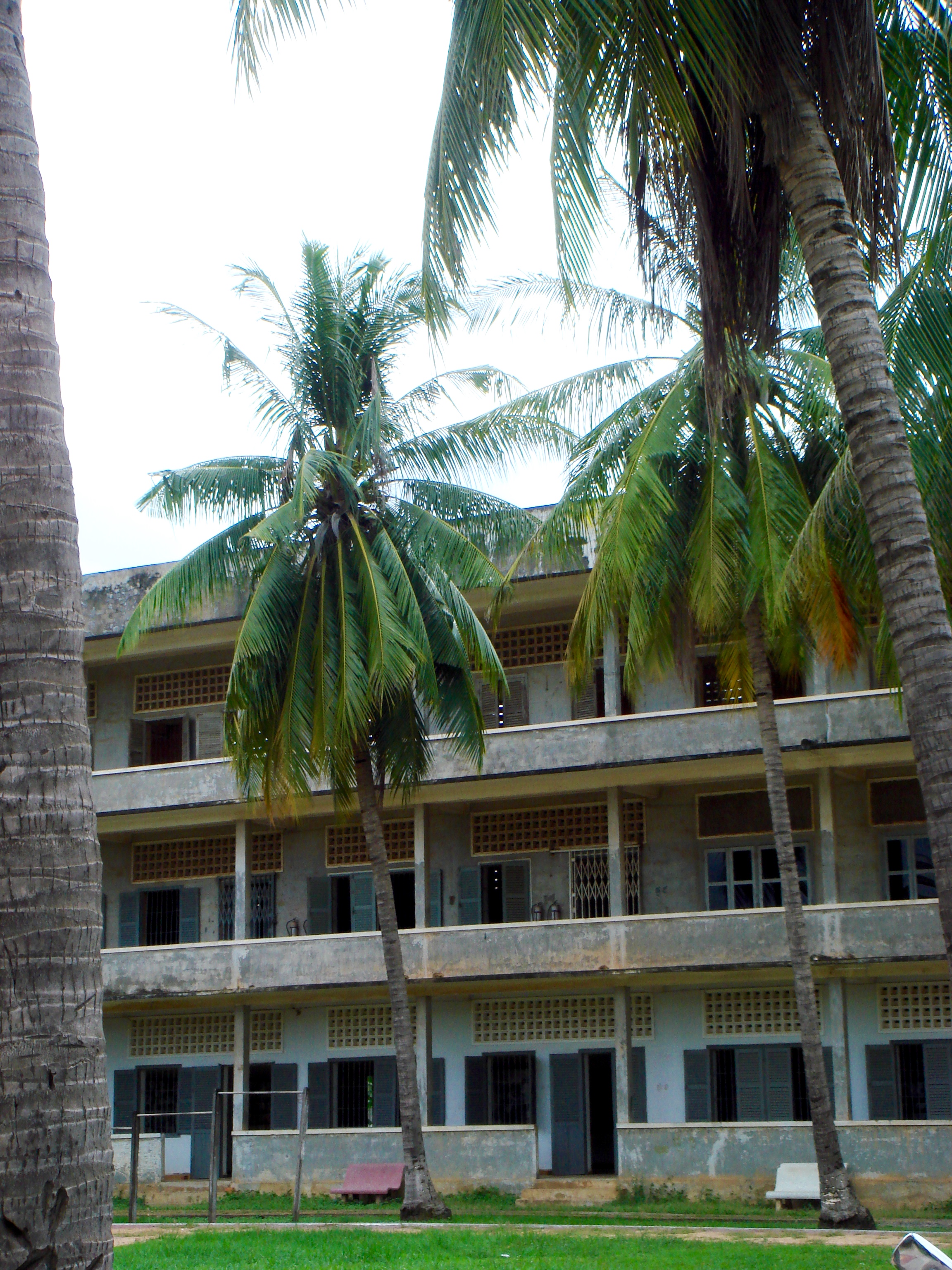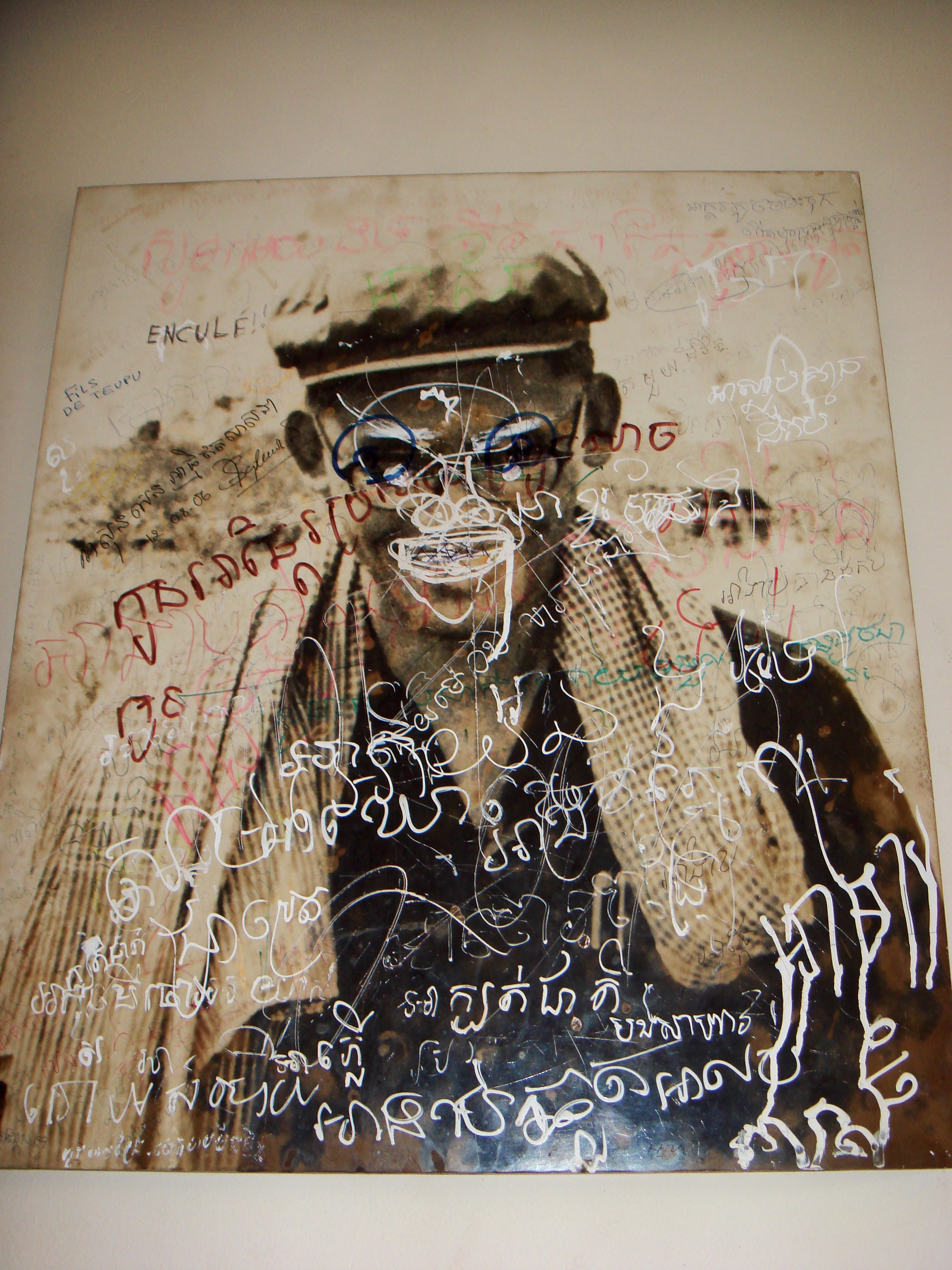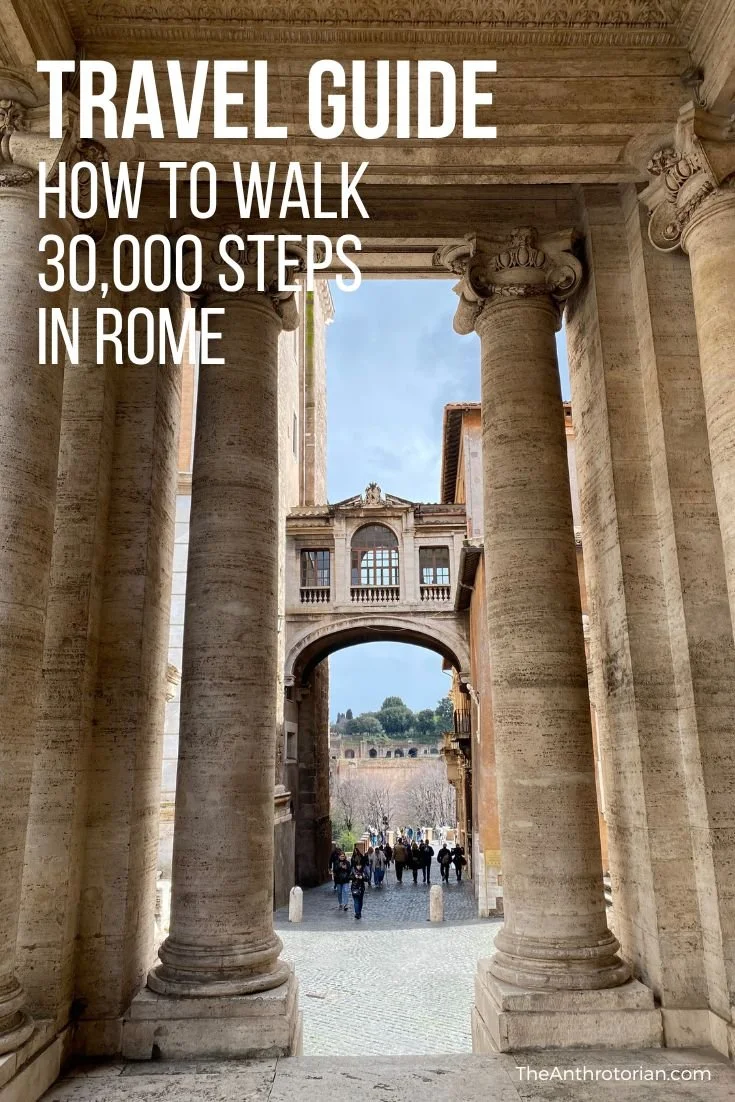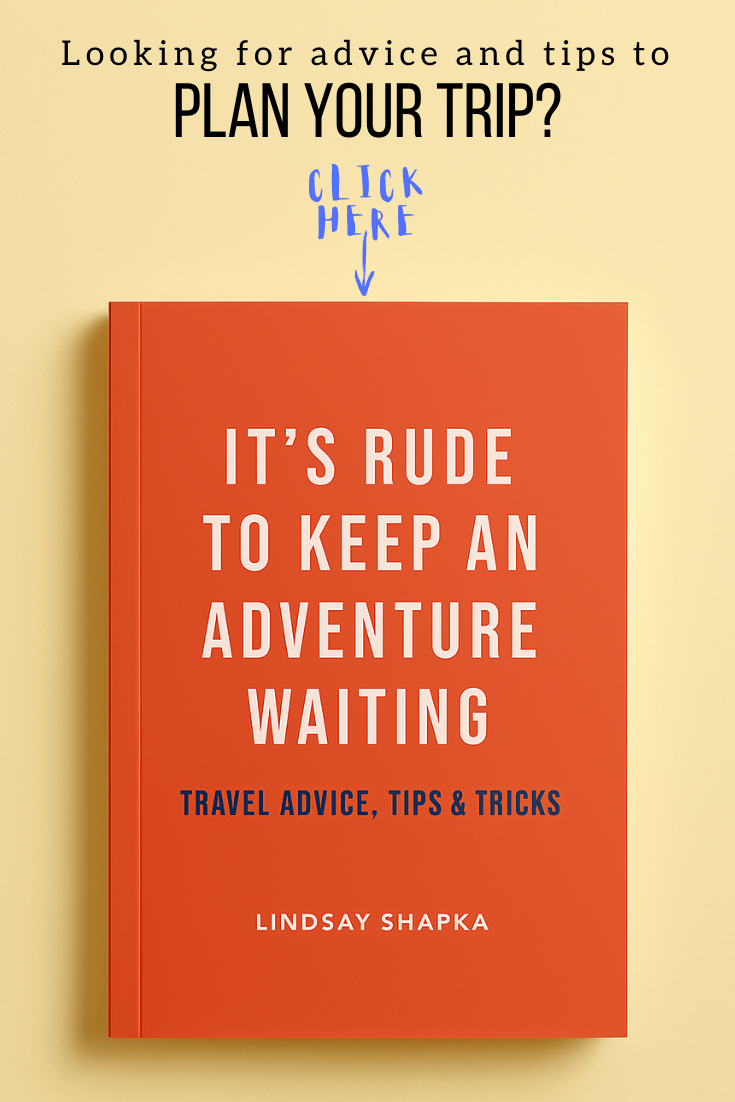A trip to Cambodia can be pretty intense.
Monkeys run through ancient temples that seem to grow out of the jungle. There are no conventional traffic rules. In fact, sometimes it seem like there really aren't any rules at all — at least not the ones that we follow in North America.
It isn't rare for an elephant to try and steal your lunch while you dine on an outdoor patio, and there are still land mines everywhere making it unsafe to wander off beaten paths.
Khmer Rouge History
In order to make the most of any trip to Cambodia, you have to understand the not-so-pleasant history of the Khmer Rouge (aka why there are land mines everywhere).
The Khmer Rouge ruled Cambodia from 1975-1979, and was one of the most lethal regimes of the twentieth century. Through their methods of agrarian communism, they had the entire country working on collective farms, or forced labor projects, growing food that they were not allowed to eat and watching their families die around them.
The regime killed anyone in connection with the former government, professionals, intellectuals, anyone wearing glasses, non ‘pure’ Cambodians, homosexuals and people who had come from urban communities. They even regularly purged within their own organization. No one was safe under Khmer Rouge rule.
People were divided into two categories: the Old People who had grown up on farms and never left them for the big cities, and the New People who they ruled using the motto “To keep you is no benefit. To destroy you is no loss”.
After four bloody years in power, they were removed in 1979 by the Socialist Republic of Vietnam.
More than 2 million people were killed. 2 million. There is no exact number yet. They are still counting the dead.
Pol Pot, Brother Number 1 (the leader of the Khmer Rouge), died on April 15, 1998 and was never put on trial.

















